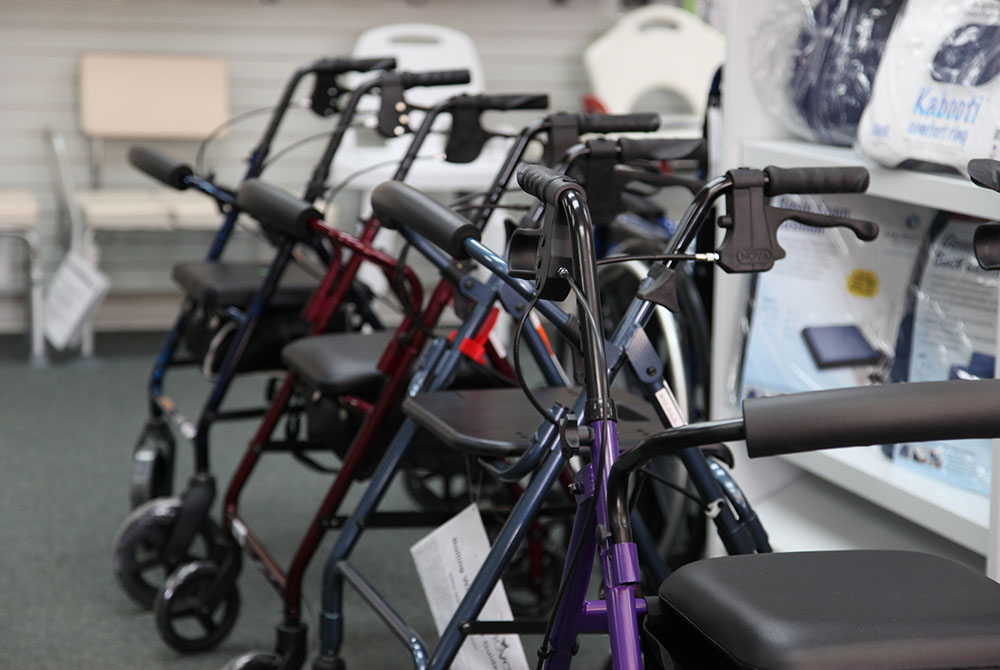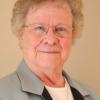
(Pixabay/Matt Sawyers)
Sr. Nancy Schreck, a Sister of St. Francis, told us that the times we are in call for "thick speech": consequential conversation with one another, question-raising and challenging dialogue, conversation that goes far beyond and deeper than merely sharing superficialities with one another. The occasion was our congregational general assembly several years ago, when Nancy reflected with us on the uncertainties accompanying religious life in transition. I thought about her insights when I read Sister Ann Margaret O'Hara's story in Engaging Aging. (Fall 2019, Vol. 14, No. 3).
In this feature article, Ann Margaret details some of her experiences while living in her congregation's nursing home, after a serious stroke during heart surgery. She describes some experiences as resulting in "less than desirable responses." Ann Margaret explains that she does so to "illumine some aspects and challenges of health care that, if modified slightly" will "advance the goal of well-being" of others.
Perhaps I am not the only reader who initially found this column surprising in a sense. I mean we do not usually talk so candidly and with such vulnerability about what sometimes happens "at home." There are healthy boundaries that are expected to be maintained in any organization, whether that be the nuclear family unit or a religious institute. That sense of boundary becomes unhealthy, however, when and if those boundaries exist primarily to protect or shield the organization, when the focus is to be seen by outsiders as respectable, as well-thought-of. When secrets are kept because of a primary emphasis on presenting a good image, the boundaries are not healthy ones.
Sister Ann Margaret and her congregation, the Sisters of Providence, exhibit an exceptionally healthy and honest practice of appropriate boundaries in the Engaging Aging piece. There is no denigration of any person or institution. Experiences are shared, issues raised and questions asked for the purpose of the well-being of others. All of it is good, healthy "thick speech."
To ask questions as Sister Ann Margaret has done addresses issues that are not unique to religious institutes. Indeed, issues that sisters deal with are no different than issues in the larger society. At times, they may present an underlying common issue in a different facet, but it is the presenting facet that is unique, not the issue.
The view of nursing homes in our larger society is not a positive one, so we should not be surprised if similar issues exist in our institutions. Nor should we shrug our shoulders and expect no more than what the broader society offers and experiences. Indeed, "A View from the Other Side" challenges all of us not to look away from the experiences of Sister Ann Margaret, or, surely, similar experiences of our own sisters in health care settings.
If a good life for our sisters were dependent only on the love and regard with which they are held within their congregations, all would be well. But this love, though necessary, is not sufficient. What are the systems we unconsciously allow to shape the actions and decisions that so impact the life of each of our members living in a health care setting?
Even our good nursing homes operate under a medical model of health care. In that model, schedule and task, efficiency and productivity take precedence over person. It is a model that competent, devoted and caring people have been taught in traditional settings was the best way to do their job. These priorities of schedule, task, surplus safety and efficiency are taught and earnest learners take it all in and practice it, even though in that very practice, they experience grief and burnout, as described by Jill Vitale-Aussem in her book, Disrupting the Status Quo of Senior Living: A Mindshift.
We have, then, health care settings where we can say that our sisters "get really good care there." And well they might. But life is so much more than care. I am reminded of a story told to me by a sister who received care in her congregation's medical model nursing home following a medical emergency. This sister received and expressed appreciation for the good care she received. At the same time, when she was able to return to her apartment and to her ministry, her words were, "I'm so glad to get my life back."
Probably most readers will assume this sister's response is normal and to be expected. Such a response, however, may tell us something about what we expect from life in a health care setting; and such an assumption cries out to be examined. Such a reflexive response may reveal an unconscious ageism (which we all carry to some extent) in which one sees incapacitated, older people as "other," and therefore different. It is an easy jump from there to the unconscious assumption that people living in health care settings are different and therefore don't have the same wishes or dreams as everyone else. Ageism is an oppression-bearing prejudice with the same moral stain as the prejudices of racism and sexism.
Later, when this sister visited an elder sister living in that nursing home, the elder commented to her, "I don't get to leave and 'get my life back.' " What Ann Margaret challenges all of us to look at is: What do we need to do so that the nursing home is truly home, where our sisters truly have what they experience as life, a good life, life beyond good physical care?
Advertisement
As a person with expertise in systems development, Ann Margaret knows and articulates well that the issue is not so much with this or that caregiver or administration but with the system itself. We are challenged to look at the systems operative in our health care settings, and see if they really do facilitate the well-being and quality of life that Ann Margaret and all of us want.
Ann Margaret suggests that the medical model culture needs to be transformed into a person-directed culture. There needs to be a transformation of the traditional nursing home culture, in which practices of an institution are transformed into qualities of home while maintaining strict clinical standards. There are leaders in the broader society who have excelled both by word and by practice in this holy task of transforming the nursing home culture. These are the prophets! It is a joy to know that several congregations of women religious have sought out these proven culture change consultants, and worked with them to transform their convent health care culture.
When situations are difficult, when there are more questions than answers, when traditional approaches are experienced as inadequate, when we are unknowingly constrained because we don't know that we don't know, because our dreams are too small, or our expectations too shallow, we need to engage each other in the kind of "thick speech" that Ann Margaret has initiated and into which she has invited us.







